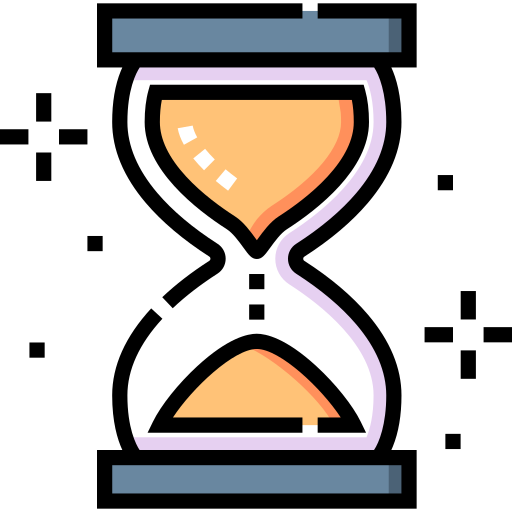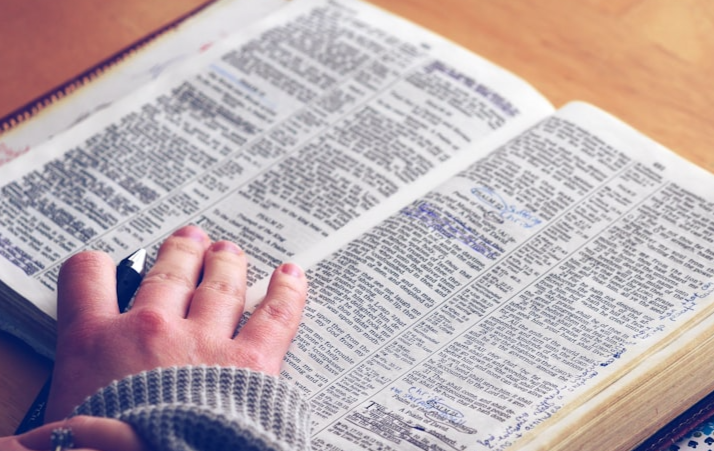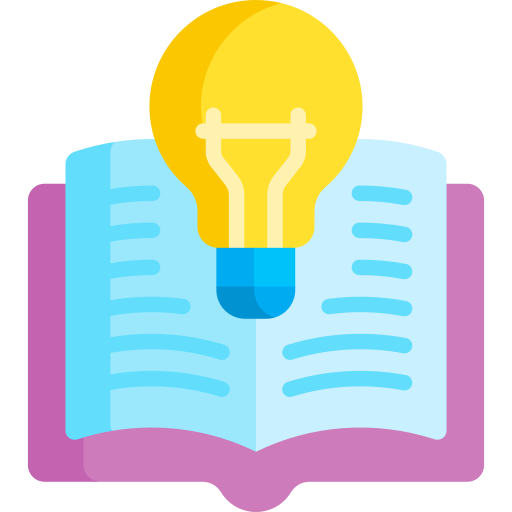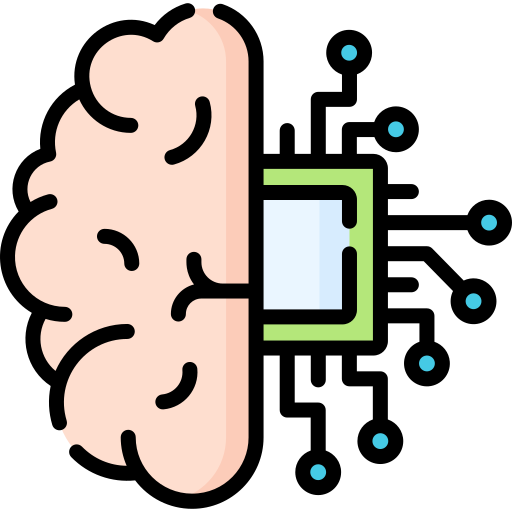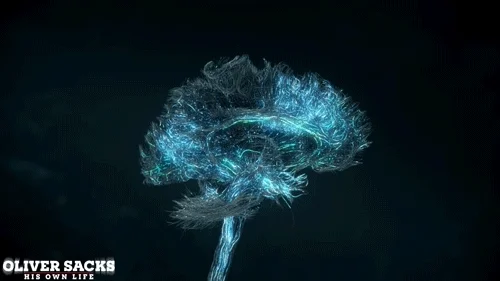
This logo isn't an ad or affiliate link. It's an organization that shares in our mission, and empowered the authors to share their insights in Byte form.
Rumie vets Bytes for compliance with our
Standards.
The organization is responsible for the completeness and reliability of the content.
Learn more
about how Rumie works with partners.
 Photo by Markus Spiske on Unsplash
Photo by Markus Spiske on UnsplashImagine a world where reading feels like you're deciphering a secret code. Where letters and words seem crowded together, distorted or reversed. Where it isn't easy to sound out words or keep track of words on a page. This is the world of dyslexia.
Whether you're a teacher with students who have reading challenges, or a student yourself, knowing the signs of different dyslexia types can help you identify resources to manage these challenges.
What is Dyslexia?

Dyslexia is a learning disability where someone has difficulty connecting speech sounds to letters and words. This results in spelling and word recognition issues, leading to overall reading comprehension challenges.
This video from the Queensland Department of Education explores the definition of dyslexia through examples of common challenges people with dyslexia may face.
There are 5 subcategories of dyslexia:
phonological dyslexia
rapid naming dyslexia
surface dyslexia
visual dyslexia
acquired dyslexia
Each type varies, depending on the symptoms someone has.
1. Phonological Dyslexia
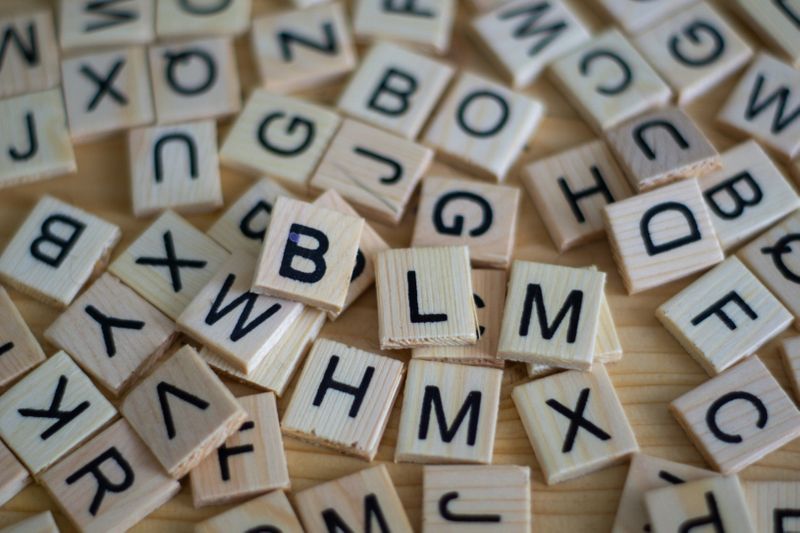 Photo by Sven Brandsma on Unsplash
Photo by Sven Brandsma on UnsplashThis is when someone has difficulty with phonemic awareness (the ability to name and change sounds in words).
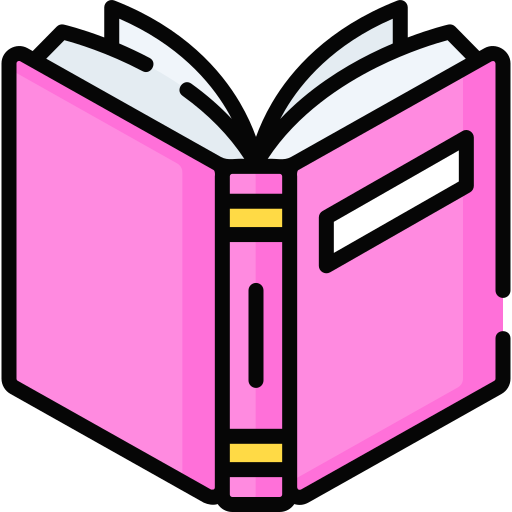 Possible Symptoms
Possible Symptoms
Slow reading speed
Avoids reading
Inability to sound out words
2. Rapid Naming Dyslexia
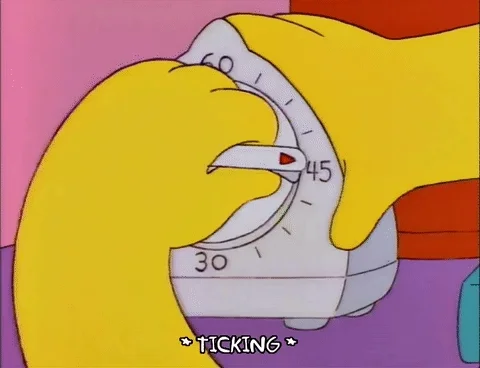
Difficulty naming words by sight
Slow to complete writing assignments
Slower reading pace
Quiz
Emma loves listening to stories but shies away from reading. She reads slowly and doesn't always remember the sounds letters make. She is a wonderful illustrator but often misspells words. Given these challenges, she may have:
Phonological dyslexia often involves someone's ability to sound out and blend words, which impacts overall reading fluency.
3. Surface Dyslexia
Poor spelling
Slow reading speed
Difficulty reading words by sight
4. Visual Dyslexia
Difficulty tracking across a line
Eyestrain headaches
Blurred/unfocused vision
Trouble with reading comprehension
Resources
 Photo by CHUTTERSNAP on Unsplash
Photo by CHUTTERSNAP on UnsplashDyslexia is a broad topic and the research out there can be overwhelming. Don't worry though! If you're looking for next steps, these suggestions can help get you started:
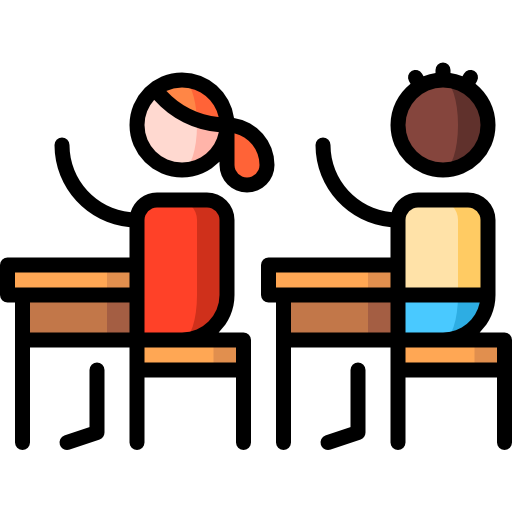 For Students:
For Students:
Speak with your teacher or school counselor to see if they observe any dyslexia-related symptoms in your assignments or classroom performance.
You may consider obtaining an evaluation yourself to see if you qualify for special education services or special accommodations.
Visit Reading Rockets for more details about dyslexia assessments and evaluations.
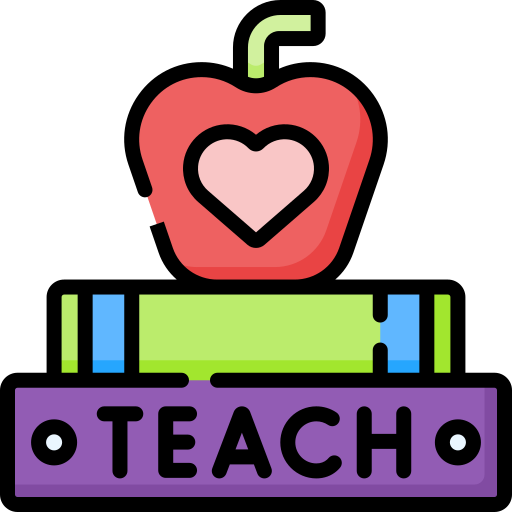
For Teachers:
Speak with your students' parents or guardians to share your concerns; encourage them to request an evaluation.
Share your concerns with Special Education professionals at your school and ask for guidance and support in assessing and addressing students' needs.
Differentiate your instruction to include multisensory teaching methods, additional assignment time, or small group support.
Encourage your student to share their needs with you. Ask what they struggle with most so that you can provide specific support.
Learn about how to support students with dyslexia in your classroom by visiting the teacher resources page at The Yale Center.
Learn about supporting neurodiverse students by checking out the Byte How do I support neurodiversity in my classroom as a teacher?
Quiz
You're concerned that your student may have dyslexia. What should you do? Select all that apply.
All of these are great next steps if you suspect one of your students may have dyslexia.
Take Action
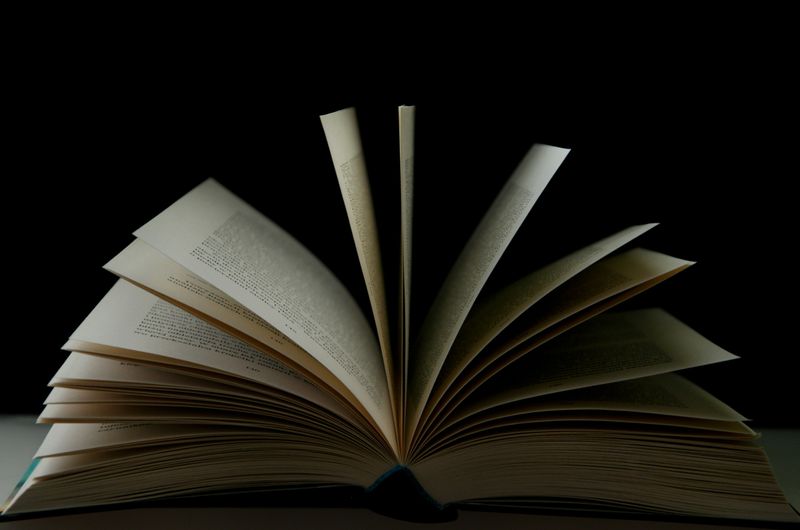 Photo by Mikołaj on Unsplash
Photo by Mikołaj on UnsplashIf you suspect you are experiencing symptoms of dyslexia:
This Byte has been authored by
Michele Boes
Educator
M.Ed.
